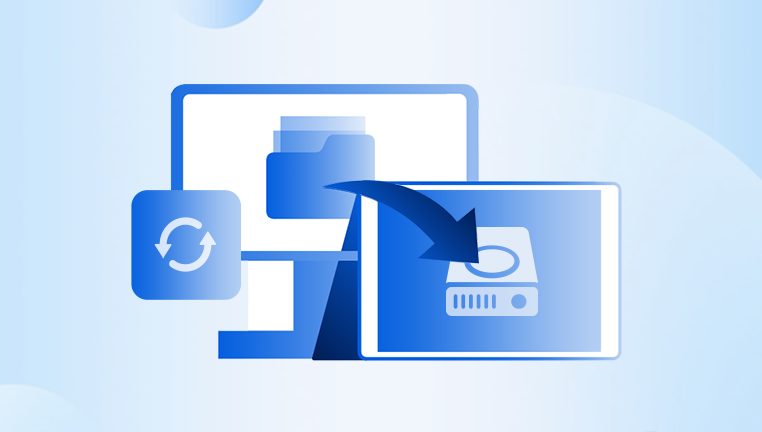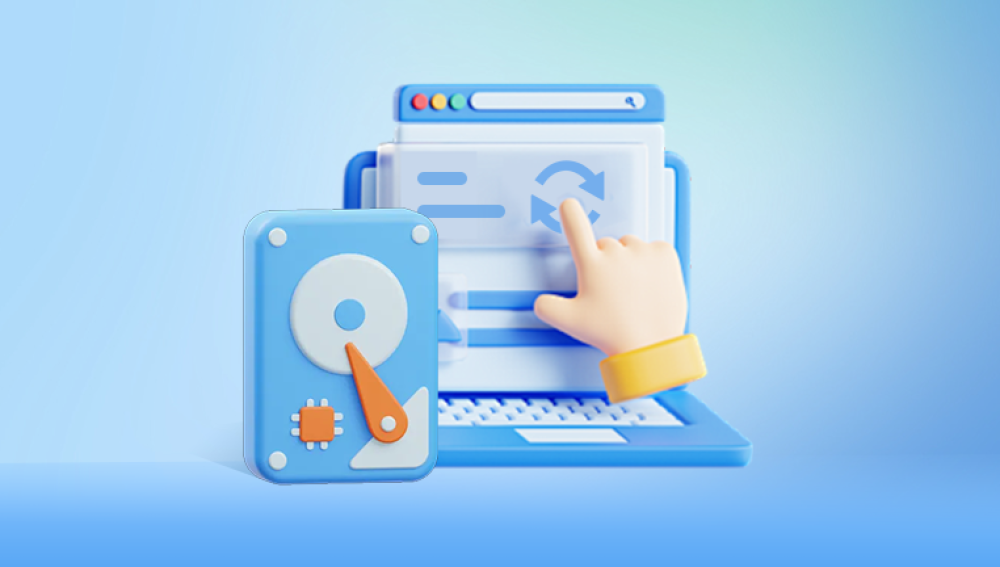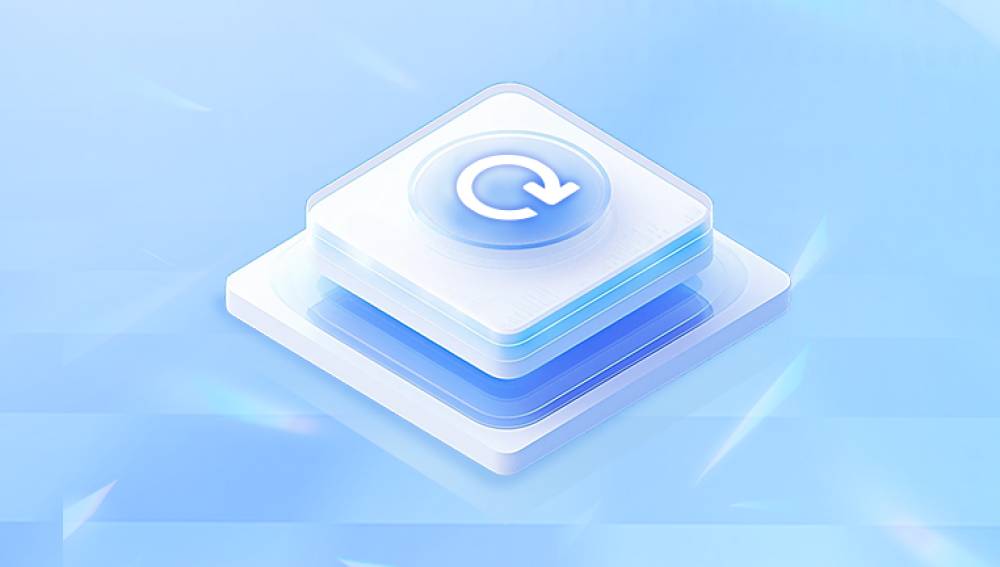It sounds like you're encountering an error when trying to initialize a disk, which is a common issue that can occur for various reasons.
1. Understanding the Error
The "Incorrect function" error usually indicates that the operation you're trying to perform on the disk is not supported by the system or the disk itself. This could be due to issues with the disk's format, partitioning, or compatibility with your system.

2. Basic Checks
Disk Connection: Ensure that the disk is properly connected to your computer. Check cables and ports.
Power Supply: If it's an external drive, make sure it's receiving adequate power.
Disk Health: Use tools to check the physical health of the disk.
3. Disk Management Utility
Use the Disk Management utility in Windows to attempt initialization:
Open Disk Management:
Press Win + X and select "Disk Management".
Alternatively, search for "Disk Management" in the Start menu.
Locate the Disk:
In the Disk Management window, locate the disk you are trying to initialize.
Initialize the Disk:
Right-click on the disk and select "Initialize Disk".
Choose the partition style (MBR or GPT) based on your needs.
Note: If the disk is already initialized but showing errors, try deleting all partitions and then reinitializing.
4. Check Disk Health
Use third-party disk health tools like CrystalDiskInfo or HD Tune to check the status of the disk. If the disk is failing, you might need to replace it.
5. Command Prompt
You can use Command Prompt for disk operations:
Open Command Prompt:
Search for "cmd" in the Start menu, right-click, and select "Run as administrator".
Use Diskpart:
Type diskpart and press Enter to open the Diskpart utility.
Type list disk to show all disks.
Type select disk X (replace X with your disk number).
Type clean to remove all partitions and data (be cautious, as this will erase all data on the disk).
Type create partition primary to create a new partition.
Type format fs=ntfs quick to format the disk.
Type assign to assign a drive letter.
6. Check for Disk Errors
Run the CHKDSK utility to check for and fix disk errors:
Open Command Prompt:
As before, open Command Prompt as an administrator.
Run CHKDSK:
Type chkdsk X: /f (replace X with the drive letter of your disk).
Press Enter and let the utility scan and fix errors.
7. Update Drivers
Ensure that your disk drivers are up to date:
Open Device Manager:
Press Win + X and select "Device Manager".
Locate Disk Drives:
Expand the "Disk drives" section.
Update Drivers:
Right-click on your disk and select "Update driver".
Follow the prompts to search automatically for updated driver software.
8. Check BIOS/UEFI Settings
Sometimes, BIOS/UEFI settings can affect disk initialization:
Enter BIOS/UEFI:
Restart your computer and enter BIOS/UEFI settings (usually by pressing F2. Delete, or another key during startup).
Check Settings:
Ensure that the SATA configuration is set correctly (e.g., AHCI mode).
Save and exit BIOS/UEFI.
9. Professional Data Recovery
If you’ve tried all the above steps and still can’t initialize the disk, there may be a deeper issue. Consider contacting a professional data recovery service.
10. Preventive Measures
Regular Backups: Always keep backups of important data.
Avoid Physical Damage: Handle disks carefully to avoid physical damage.
Proper Ejection: Always use the proper ejection method for external drives to prevent data corruption.
If you provide more details about the specific error message or any other symptoms, I can offer more targeted advice.




